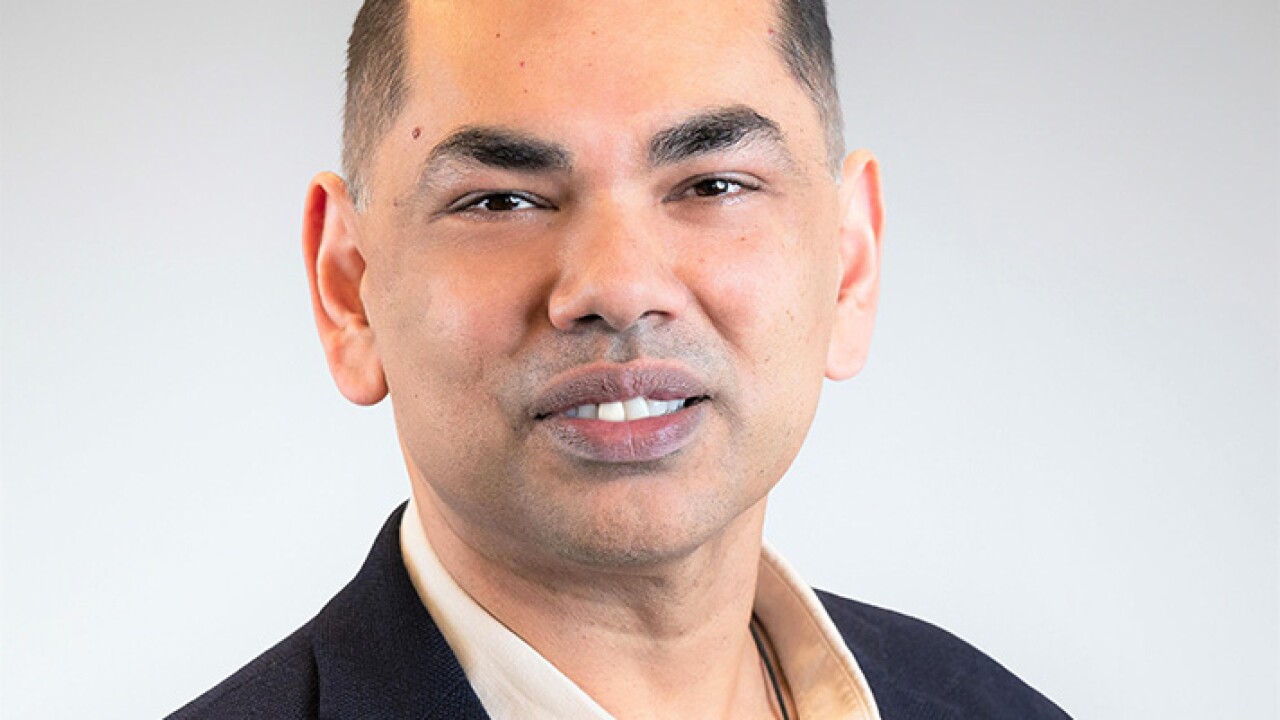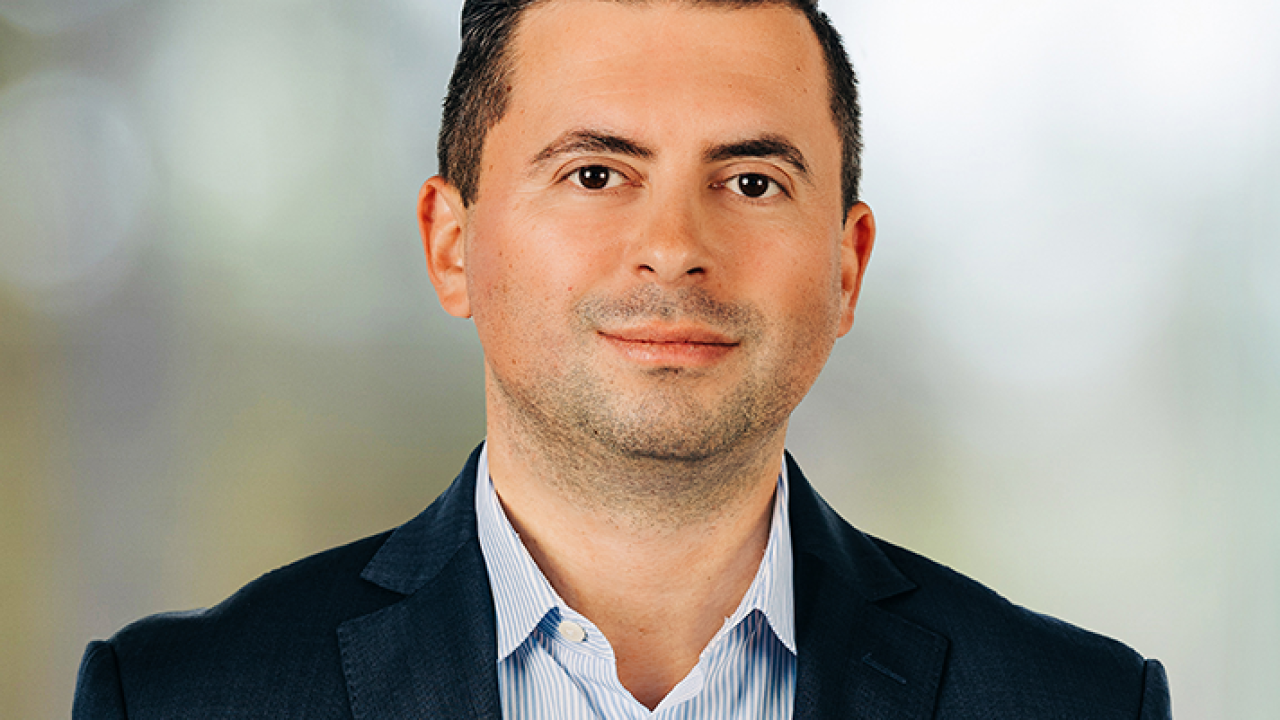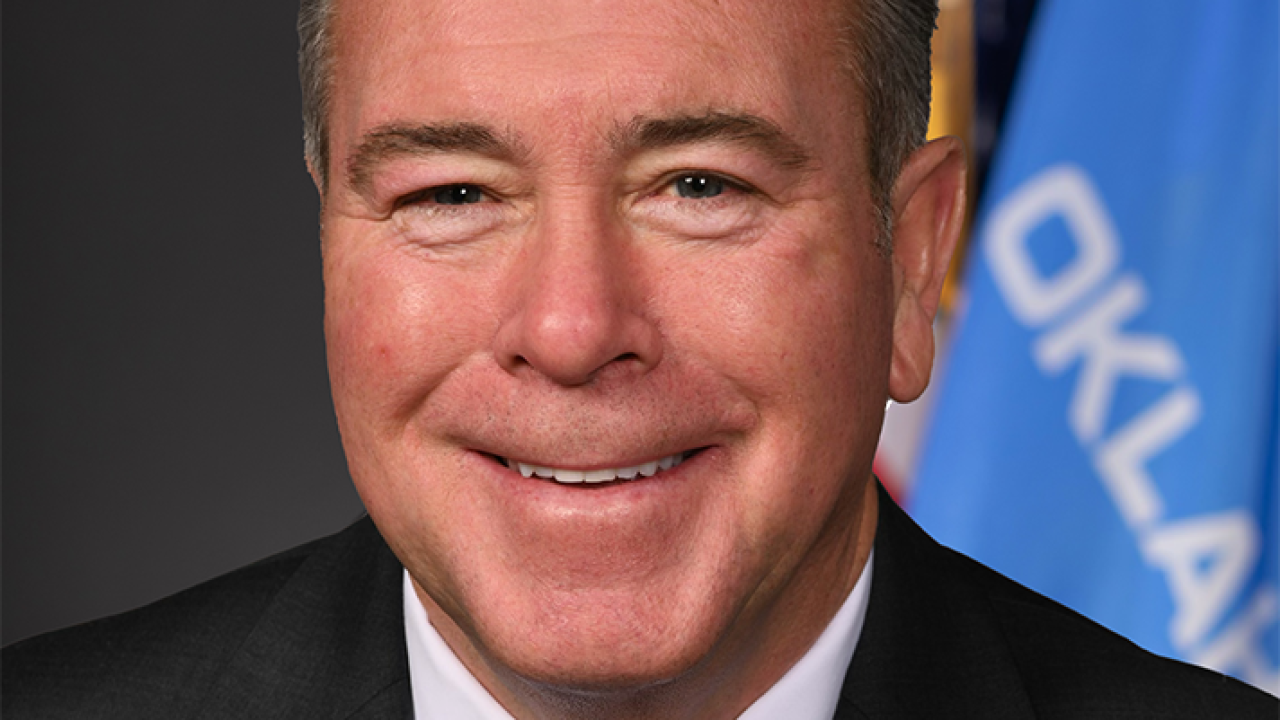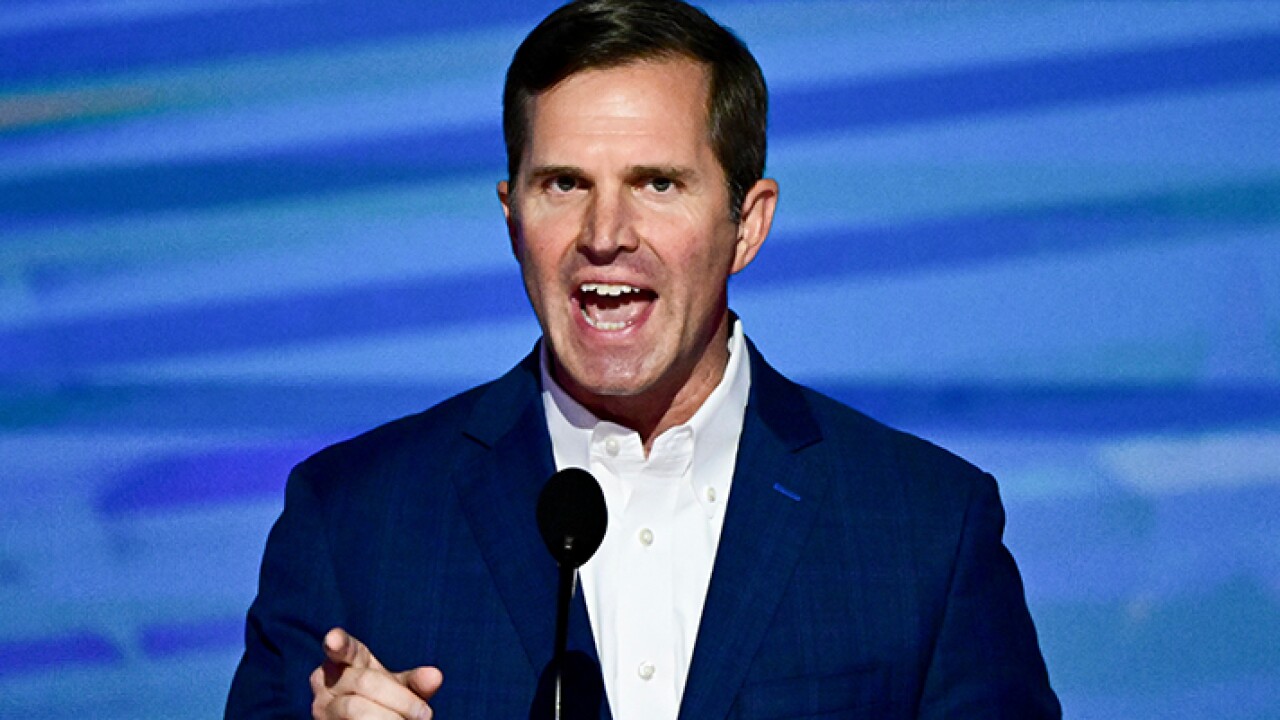WASHINGTON – Puerto Rico and the U.S. Virgin Islands are expected to receive federal funding for infrastructure rebuilding next month in addition to the short-term disaster aid package President Trump will sign into law later this week.

The short term aid includes a $4.9 billion federal loan to keep the two territorial governments operating past the end of the month and $1.27 billion for Puerto Rico through the federal Supplemental Nutrition Assistance Program. SNAP benefits, formerly known as food stamps, aren’t ordinarily available to residents of Puerto Rico. The Virgin Islands is not included in the allocation.
This disaster aid package is the second approved by Congress. Lawmakers also approved $15.25 billion in early September.
The longer term aid that would be included in a third emergency spending bill stems from President Trump's assurance last week to Texas Sen. John Cornyn, the Senate Republican majority whip, that the administration will ask for more disaster funding in November.
Cornyn had considered offering a Senate amendment to the $36.5 billion disaster aid package that passed the House earlier this month to address Texas Gov. Greg Abbott’s request for an additional $18.7 billion in Hurricane Harvey-specific aid.
The House-passed package does not include requests for rebuilding assistance made by Puerto Rico, the U.S. Virgin Islands and Florida.
Cornyn told Texas reporters in a conference call last week that he also received assurances from White House Budget Director Mick Mulvaney and the House Republican leadership that more emergency aid will be provided in November.
“I’ve been working with my colleagues here in the Senate, folks from out West who have seen devastating fire loss, representatives of Puerto Rico, as well as my colleagues from Florida to put together an additional relief package,” Cornyn told reporters.
The Senate is scheduled to approve the $36.5 billion short-term disaster aid package Tuesday after voting 79-16 Monday evening to limit debate. This biggest piece is $18.7 billion for the Federal Emergency Management Agency’s Disaster Relief Fund that includes the $4.9 billion loan to keep the two territorial governments operating. There’s also $16 billion for the National Flood Insurance Program to pay insurance claims, the $1.27 billion for disaster SNAP for Puerto Rico and $576.5 million for wildfires in California and elsewhere in the West.
Trump is expected to sign the emergency aid legislation.
Meanwhile, the lingering crisis in Puerto Rico led Senate Minority Leader Sen. Chuck Schumer, D-N.Y., and two House Democrats from New York to urge Trump on Sunday to appoint an experienced emergency “CEO of Response & Recovery” to coordinate the federal response in Puerto Rico.
Reps. Jose Serrano of the Bronx and Nydia Velazquez of Brooklyn, both of whom were born in Puerto Rico, joined Schumer in pointing out that a federal response and recovery CEO would be able to cut through red tape and coordinate the work of various federal agencies
“It’s been more than a month since Maria, but 80% of the lights in Puerto Rico are still out, and American citizens are unsure about where their next glass of clean water will come from—this is just unconscionable and demands new action,” Schumer said.
Puerto Rico Gov. Ricardo Rossello met at the White House Thursday with Trump and top administration emergency response officials to discuss the territory’s short-term and long-term needs.
Trump said that any new federal loans that are used for rebuilding would get precedence over existing debt that’s owed to Puerto Rico’s bondholders.
“We do have to come before the existing debt,’’ Trump said during an Oval Office press conference with Rossello. “They have, I guess, by some counts, $120 billion, if you add everything -- probably about $120 billion. Certainly any money that’s put in by people, whether it's public or private, they're going to want to come in first position. And that's very important, and I think the governor understands that. I would imagine pretty much everyone understands that in Puerto Rico.”
Trump said rebuilding Puerto Rico’s power plants and electric grid would “possibly” be paid for with a combination of federal grants and loans.
“Congress is working right now with the people and representatives of Puerto Rico, and we're talking about potentially combinations of both,” Trump said.
Rossello outlined his territory’s needs for $4.6 billion in federal emergency assistance in an Oct. 6 letter.
Rossello’s request included $3.2 billion in Community Development Block Grants, $500 million for the Community Disaster Loan Program and $500 million for a Social Services Block Grant.
The island also requested $149 million from the federal Transportation Department’s Emergency Relief Program, $90 million through the Small Business Administration Disaster Loan Program, $83 million through the Agriculture Department’s Commodity Assistance Program and $78 million through the Department of Education’s program for state educational agencies/hurricane education recovery.
U.S. Virgin Islands Gov. Kenneth Mapp asked for $5.5 billion in an Oct. 12 letter that included $800 million for the operation of territorial government and local government authorities. Mapp also asked for $1.36 billion for housing.





